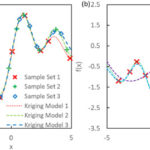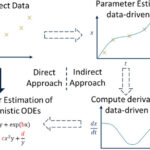Data-driven Process Systems Engineering Lab
Publications
International Journal of Electrical Power and Energy Systems 2024
This manuscript presents a complete framework for the development and verification of physics-informed neural networks with application to the alternating-current power flow (ACPF) equations. Physics-informed neural networks (PINN)s have received considerable interest within power systems communities for their ability to…
Engineering Applications of Artificial Intelligence 2024
Estimation of the rate of change of a system's states from state measurements is a key step in several system analysis and model-building workflows. While numerous interpolating models exist for inferring derivatives of time series when data is disturbed by…
Computer Aided Chemical Engineering 2023
Efficient and sustainable chemical recycling pathways for plastics are vital for addressing the negative environmental impacts associated with their end-of-life management. Mechanochemical depolymerization in ball mill reactors is a new promising route to achieve solid-state conversion of polymers to monomers,…

Optimization and Engineering 2022
Black-box surrogate-based optimization has received increasing attention due to the growing interest in solving optimization problems with embedded simulation data. The main challenge in surrogate-based optimization is the lack of consistently convergent behavior, due to the variability introduced by initialization,…

Computer Aided Chemical Engineering 2022
A common step in developing generalizable, dynamic mechanistic models is to fit unmeasured parameters to measured data. Fitting differential equation-based models can be computationally expensive due to the presence of nonlinearity and stiffness. This work proposes a two-stage indirect approach…
